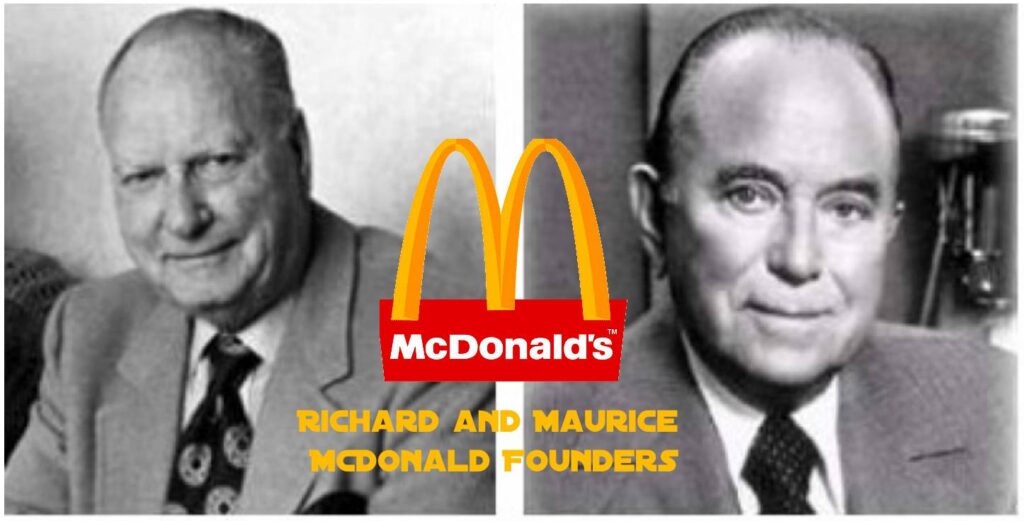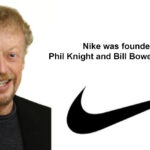Early Beginnings: The McDonald Brothers
The story of McDonald’s begins with Richard and Maurice McDonald, who opened their first restaurant, McDonald’s Bar-B-Q, in 1940 in San Bernardino, California. The restaurant offered a typical drive-in dining experience popular at the time, with a wide variety of menu items and carhop service.
In 1948, the McDonald brothers made a revolutionary change by closing their restaurant for three months and re-opening it with a streamlined menu focused on just nine items, including their now-famous hamburgers. They also introduced the “Speedee Service System,” a precursor to the modern fast-food system, which emphasized quick service, efficiency, and consistency. This model reduced costs and made the operation more profitable.
Ray Kroc Enters the Picture
In 1954, Ray Kroc, a milkshake machine salesman, visited the McDonald brothers’ restaurant. He was impressed by their efficient operations and saw the potential to franchise the concept across the United States. Kroc proposed a franchising agreement to the brothers, and they agreed, allowing him to sell the concept to other entrepreneurs.
The Birth of McDonald’s Corporation
In 1955, Kroc opened the first McDonald’s franchise in Des Plaines, Illinois, and founded the McDonald’s Corporation. Kroc’s vision was to create a consistent and standardized experience across all McDonald’s locations, ensuring that customers would receive the same quality of food and service no matter where they were. This approach was key to the company’s rapid expansion.
The Buyout and Expansion
As Kroc expanded the franchise, tensions grew between him and the McDonald brothers over business decisions. In 1961, Kroc purchased the rights to the McDonald’s brand and system from the brothers for $2.7 million, effectively taking full control of the company.
Under Kroc’s leadership, McDonald’s expanded rapidly, both in the United States and internationally. The company introduced innovations like the Filet-O-Fish, Big Mac, and Egg McMuffin, which became iconic menu items. Kroc’s emphasis on uniformity, cleanliness, and customer service helped McDonald’s become the dominant force in the fast-food industry.
Global Expansion and Legacy
By the 1970s, McDonald’s had become a global brand, with restaurants opening in countries around the world. Kroc’s relentless focus on growth and consistency turned McDonald’s into one of the most recognized and successful brands in history.
Ray Kroc passed away in 1984, but his legacy lives on through the continued success of McDonald’s. Today, McDonald’s serves millions of customers daily in over 100 countries, with more than 38,000 locations worldwide.
Impact and Criticism
While McDonald’s has had an undeniable impact on global eating habits and culture, it has also faced criticism over the years. Issues such as the nutritional value of its food, its impact on small businesses, and its role in promoting fast food culture have been points of contention.
Despite these criticisms, McDonald’s remains a powerful symbol of American culture and capitalism, largely due to Ray Kroc’s vision and business acumen.



